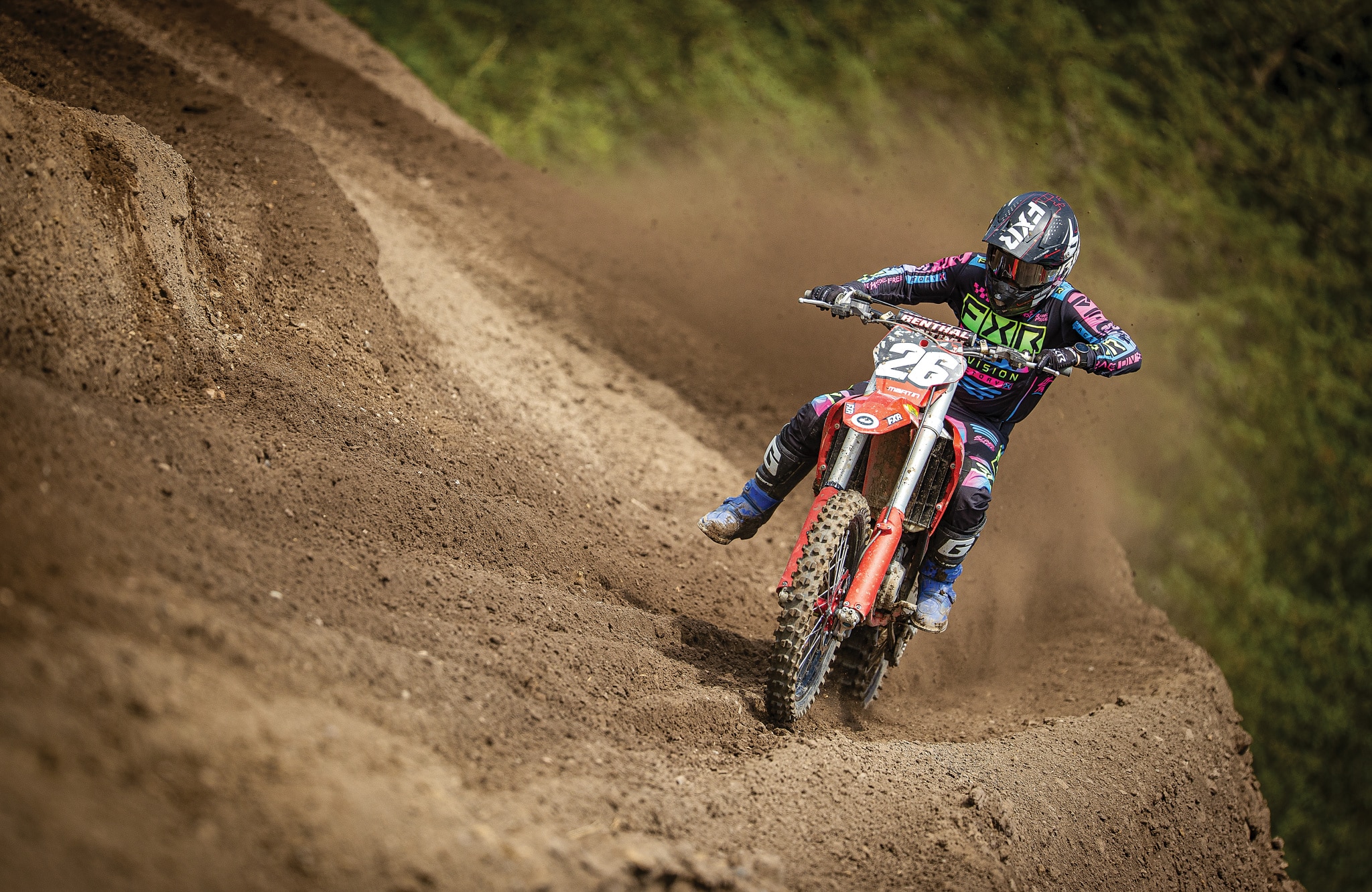TROLL TRAINING: FITNESS GIZMOS FOR MOTOCROSS RACERS

BY ALEX MARTIN
Pro racers are constantly seeking ways to gain a competitive edge and elevate their performance on the racetrack. Guys like Ken Roczen, Chase Sexton, Adam Cianciarulo, Justin Barcia and others utilize products like the Oura ring, Whoop band, and Polar and Garmin watches. These devices aim to help us understand how our bodies respond to the stress and demands of training, racing and travel. I’ve used an Oura ring for the last three years and have been tracking my resting heart rate for over 14 years. Over time, I’ve discovered some interesting things about how my body responds to training, certain foods, drinks and racing. For example, I love a good cold beer, especially on a hot summer evening, but my sleep is negatively affected by a raised body temperature, a resting heart rate of four to five beats over baseline, and my HRV (heart rate variability) plummeting.
My lowest resting heart rate would typically come in the off-season when I was putting in high-volume training weeks. It would be around 38 bpm (beats per minute) on average. Even more interesting is the highest HRV numbers I’ve ever had, which came after my best 450 Supercross finish in Foxborough (ninth place), and later that year when I got my first top-10 overall in the 450 class at the Washougal National. If I had kept track of HRV numbers earlier in my career, I would probably have even better data from my 250 days, but alas, I can’t go back in time. Now, there are a ton of metrics we could sift through, but here are the two that I believe are the most important to pay attention to:
(1) Heart Rate Variability (HRV) measures the variation in time between consecutive heartbeats. High HRV indicates a healthy autonomic nervous system and efficient recovery from stressors, while low HRV may signal fatigue, over-training or other physiological imbalances. Based on HRV data, athletes can tailor their training intensity, ensuring optimal recovery and performance on race day.
(2) Resting Heart Rate (RHR) refers to the number of times the heart beats per minute while the body is at rest. It serves as a critical indicator of cardiovascular health and fitness level. A lower RHR typically suggests better cardiovascular efficiency and overall health. At the same time, a high RHR may indicate you are coming down with a cold or are tired from previous training sessions.
How can we utilize this data? Regularly using these wearables allows us to gain comprehensive insights into our physiological states. By analyzing trends in the data, we can make informed decisions. Here are some examples.
Identifying over-training: Consistently elevated RHR or reduced HRV may indicate over-training or inadequate recovery. We can adjust our training intensity and volume by monitoring these metrics to prevent burnout and optimize performance.
Optimizing sleep quality: Adequate sleep is essential for recovery and performance optimization. By correlating RHR and HRV data with sleep metrics, such as duration, quality and stages, we can identify factors influencing sleep quality and make adjustments to enhance restorative sleep.
Managing stress levels: Physical and psychological stress can significantly impact RHR and HRV. By recognizing patterns of increased stress reflected in RHR and HRV data, we can implement stress-management techniques, such as mindfulness, meditation or relaxation exercises to restore balance and improve recovery.
There’s a catch : You may be thinking, “Wow, I need to buy one of these wearables ASAP!” But wait, here’s the catch: There have been countless times when my RHR or HRV was lower than expected or plain off. I’ve woken up the morning of a race and my Oura ring is telling me to take the day off. When you get paid to race, that is just not going to happen! Ultimately, this technology is designed to help you, and these wearables can give you great feedback on training and lifestyle habits, but you can’t live and die by the data, as sometimes there is more to the story. Utilizing these wearables in combination with a good old-fashioned body check and being in tune with how you feel is usually the best strategy.
Alex Martin raced on the AMA Pro circuit for 15 years. He has won AMA Nationals and has over 20 podium finishes under his belt. After Alex retired from Pro racing, he started a training company called “Troll Training.” Alex wrote 16 training articales for MXA before taking over the management of his families Spring Creek National track. You can reach Alex about training advice by going to www.trolltraining.com.







Comments are closed.